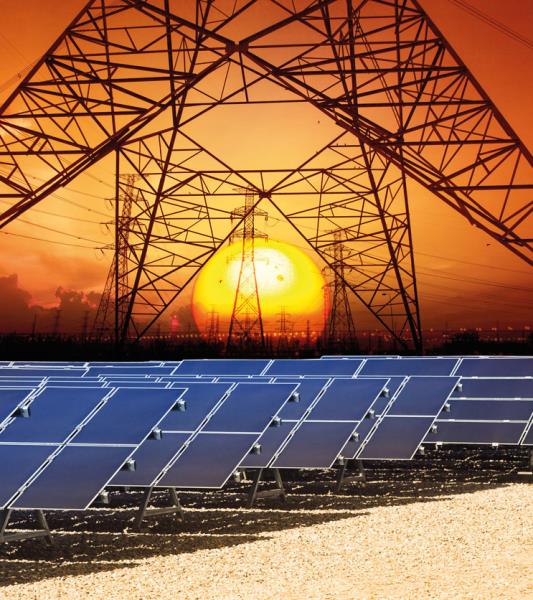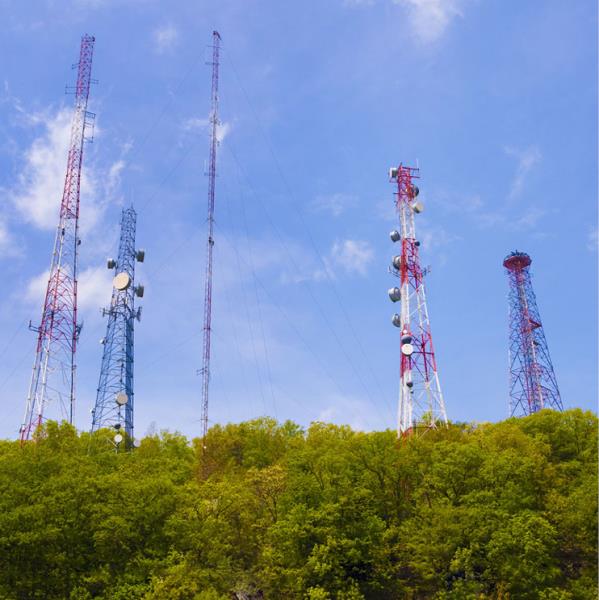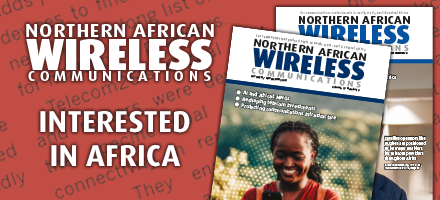10 April 2024

James Gray, director of telecom strategy, PowerX
Towercos have long been the enabler of rural coverage and connectivity expansion in Southeast Asia (SEA). But as digitalisation of the region continues to boom - with strong consumer and commercial adoption driving data demand - rapid urbanisation and next-generation technology uptake is putting pressure on mobile operators to increase points of presence (PoPs) and deliver 5G.
Operators are now looking increasingly to towercos to provide efficient, reliable and low-cost urban co-locations in growing urban environments. These challenges are compounded by the increased complexity of tower management, driven by rising numbers of tower tenants (lease-up rate, LUR) and uptake of Open RAN. Highly integrated use of facilities means future towercos of SEA need to be collaborative and intelligent - and make a paradigm shift in their approach to asset management. A new model for tower power management and operations is needed, one rooted in real-time insights from data science and machine learning.
Rising data demand, 5G and urbanisation
Southeast Asia’s strong digitalisation, catalysed further during the pandemic, has given rise to an explosion in data consumption. SEA has some of the world’s highest growth rates for mobile use and Ericsson’s research indicates that traffic per smartphone could soar to 54GB monthly by 2028. This growth trajectory is significantly influenced by next-gen technologies like 5G. Despite the gradual rollout of 5G, the region is expected to become the largest market globally, with a projected 52% penetration of SEA by 2030, as per Fitch Solutions/BMI.
“Mobile network operators (MNOs) need scalable, cost-efficient solutions to provide uninterrupted connectivity to these growing urban populations. Demand for PoPs has tripled with the emergence of 4G and 5G, requiring towercos to densify networks rapidly and efficiently, without passing costs onto customers.”
Pressure on operators is also influenced by sharp urbanisation rates and constantly changing city topography. Already today, more than half of SEA’s 689 million population live in cities and an additional 70 million are estimated by the Association of South East Asian Nations (ASEAN) to live in urban areas by 2025.

Mobile network operators (MNOs) need scalable, cost-efficient solutions to provide uninterrupted connectivity to these growing urban populations. Demand for PoPs has tripled with the emergence of 4G and 5G, requiring towercos to densify networks rapidly and efficiently, without passing costs onto customers.
These trends point to a shift away from MNO ownership of towers towards dedicated towercos, as operators look to focus on their core competencies in order to drive more streamlined, profitable and sustainable operations. SEA telecommunications will see a focus on urban co-location and Open RAN solutions for flexibility, cost reduction, and energy efficiency as data demand and network complexity skyrockets across the region.
“The value of a towerco is evolving. As MNOs increasingly rely on towercos to deliver 5G, more sustainable operations and energy efficiency, data intelligence tools are needed to enhance the MNO customer experience.”
Revolutionising power management
Against this background, power management of the towercos/MNOs/Operating Equipment Manufacturers (OEMs) ecosystem will increasingly become the responsibility of towercos. With 5G’s power consumption poised to jump between 10-12kW and multiple tenants and various OEMS pushing up individual cell site power demands, it is becoming increasingly difficult to dimension the power element of sites.

Towercos need to look to an intelligence-driven power model and innovative power train solutions to efficiently and sustainably provision sites. Considerable time and resources are already centred on efforts to configure tower sites appropriately, yet they fall short because operations teams don’t have the tools to see what is happening real time in the network.
Real-time data provides a continuous stream of information to allow 24/7 monitoring of energy usage and system performance. Combined with AI-enhanced data science and automation, this allows towercos to make automatic changes based on the specifics of a site, its performance and the environment around it. Towercos can, for example, facilitate efficient and automated power source alternation based on precise weather forecasts or remaining battery power to maximise solar energy use and storage. Intelligent AI systems can also track the real-time energy consumption of multiple tenants and monitor their unique requirements, deploying predictive analytics to better provision sites for improved energy efficiency and provision.
These powerful data-science and automation-led tools allow for maximised use of renewable energy and can reduce reliance on diesel-consuming, high carbon-emitting generators to drive down costs and emissions levels for operators.
Asset management digitalisation
In the same way that energy consumption is headed for increased complexity, operational tasks such as billing and invoicing will also be harder to manage. In the new era of SEA telecoms, traditional billing models, based on fixed rentals or flat rates, may no longer be sufficient.
SEA towercos need to evolve towards more dynamic and intelligent pricing models, which factor in real-time usage, the number of tenants per site, and even the type of services being offered – particularly as 5G grows. This approach can lead to more equitable cost distribution and help in maintaining competitive pricing strategies.
For this, a detailed and real-time view of the network is needed. With billions of data points across SEA cell tower sites and an increasing number of tenants on each, the only way to draw actionable insights from such vast and complex data is by leveraging AI and machine learning.
Insights into data capacity and energy use derived from each operator are provided in granular detail across towers, at scale. Predictive analytics also mean operators can take action - implementing advanced billing systems that can optimise revenue streams and provide more transparency to all stakeholders.
This level of oversight and actionable insights mean towercos can detangle vast and complicated webs of tower network information to deliver reliable and accurate services to each and every operator partner.
Future-ready towercos in SEA
Faced with rapid urbanisation and demand for next-gen technologies, the SEA telecom landscape will see a significant evolution in the coming years. The opportunities to connect this mobile-hungry region are great but the ecosystem needs to collaborate and work together to make sure demands are met.
The value of a towerco is evolving. As MNOs increasingly rely on towercos to deliver 5G, more sustainable operations and energy efficiency, data intelligence tools are needed to enhance the MNO customer experience. Towercos must focus on digital power management and operational solutions to provide efficient and reliable networks across SEA.
In a landscape with escalating power demands and higher LUR, towercos must leverage operational performance data and deep data intelligence for appropriate site provisioning. Adopting digitised operational and power management solutions is critical for future optimisation, growth and improved connectivity experiences across SEA.






